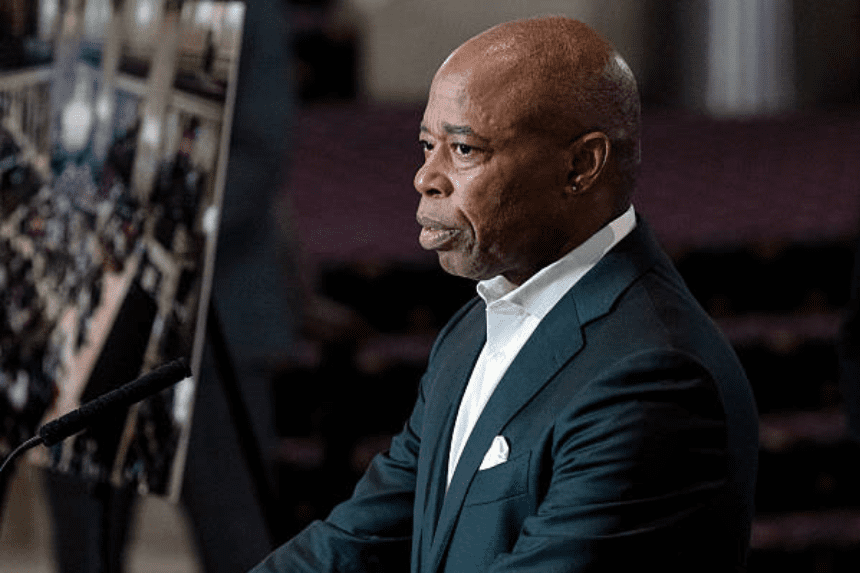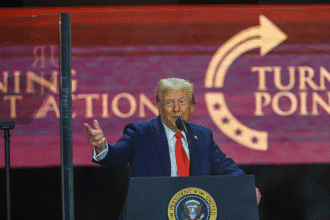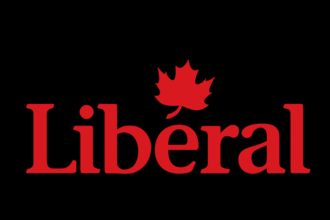New York City Mayor Eric Adams has officially ended his re-election campaign, five weeks before the voters cast their ballots. Their decision resumes the dynamics of the New York Mayor’s Race, reducing the number of major contenders, and new political speculation is triggered.
Adams cited two major reasons for stepping into the steps: Constant media investigation and the city’s Campaign Finance Board denied his access to the public matching fund. The step comes between a turbulent political period marked by legal disputes and public dissatisfaction. Although his name would still appear on the ballot due to the procedural time limit, Adams confirmed that he would not actively follow the election.
Return leaves Democratic candidate Zoharan Mamdani, former Governor Andrew Cuomo, and Republican Curtis Sliva as the forefront of the New York mayoral race.
Why Did Eric Adams End His Campaign?
According to Adams, the “constant media speculation” about his legal battles, combined with a funding shortfall, made it impossible to sustain a viable campaign. He emphasized that the campaign finance board’s refusal to release millions in matching funds created a major barrier to re-election.
This financial blow, paired with ongoing political tensions and public perception, led Adams to officially exit the race. His decision was delivered through a video statement shared across social platforms. Here is the link to our article on Australian politics.
What Led to Adams’ Declining Popularity?
Adams, once seen as a reform-minded Democrat and former NYPD officer, faced growing criticism during his term. A major turning point came with a federal indictment alleging he received over $100,000 in gifts from Turkish nationals. Although the charges were later dismissed on orders from the U.S. Department of Justice, the scandal impacted his public image.
Additional challenges included escalating tensions with the Democratic Party—especially over federal immigration policies—and concerns over rising living costs in New York City.
How Will His Withdrawal Affect the Race?
The New York mayoral race is now primarily between Zohran Mamdani, who won the Democratic primary, Andrew Cuomo, aiming for a political comeback, and Republican Curtis Sliwa. Adams has not endorsed any candidate, though his final comments included a warning about “divisive agendas” that some interpreted as a critique of Mamdani’s progressive platform.
With Adams out, the race could become more polarized. Mamdani, a self-identified socialist, has built strong grassroots support. Meanwhile, Cuomo and Sliwa represent more traditional and conservative alternatives. Here is the link to our article on Coalition Politics Shakeup.
What’s Next for Eric Adams?
Though he’s no longer running, Adams will complete his term, which ends on January 1. Due to missed ballot update deadlines, his name will still appear in the general election. However, he has made clear that his campaign has ceased all active operations.
While his future in politics remains uncertain, his departure from the New York mayoral race opens the door to significant changes in city leadership and direction.
Final Thoughts
The exit of Eric Adams from the New York Mayoral Race leads to a dramatic change in the city’s political scenario. As voters look towards a new administration, the race becomes a fight for ideologies and a vision for the future of New York. Now with the field set, the attention changes to what kind of leadership will guide the city through its next chapter.








